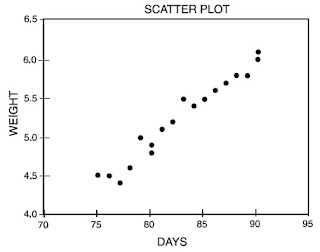Fellow speaker,
In the professional speaking world, there are basically two types of speakers: inspirational speakers and motivational speakers. Inspirational speakers want to make their audience feel good. Usually they have had great challenges in their life which they have overcome, and they use their own life as an inspiration to others to overcome their personal struggles (e.g., a person with no hands living their daily life successfully).
A motivational speaker is there to get the audience to do something. While they may use inspirational techniques to make the audience feel good, their focus is on motivating the audience to take a particular action or actions. They have overcome their life challenges by taking certain actions or doing certain processes which they encourage the audience to take or do as well, to get similar successful results.
People who pay professional speakers tend to be looking for motivational speakers, not inspirational speakers. They people who pay have specific actions in mind they want their audience to take, and they want the speaker to motivate their audience into taking those actions.
Speaking of speaking,
Tim Wilson
Professional Speech Coach
Free speaking tips at: http://speakingquicktips.blogspot.com




















